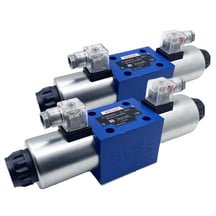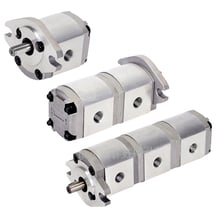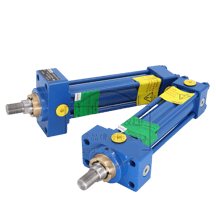How to Choose Hydraulic Pumps in 2025
As we move into 2025, the hydraulic industry is undergoing significant changes, driven by technological advancements and a growing emphasis on sustainability. Choosing the right hydraulic pump is critical to ensuring your system runs efficiently, reliably, and cost-effectively. Here’s a simple guide to help you make the best decision for your needs.
2/21/20252 min read
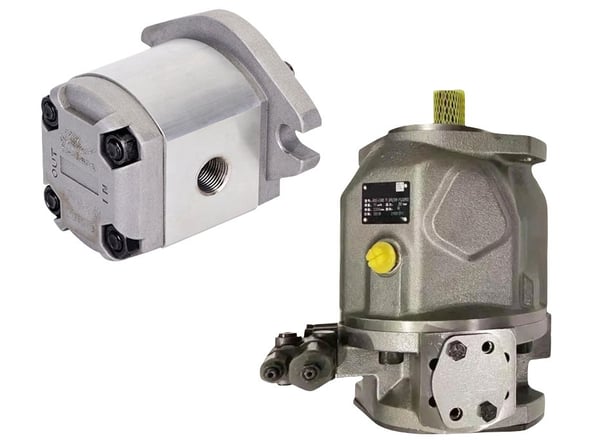

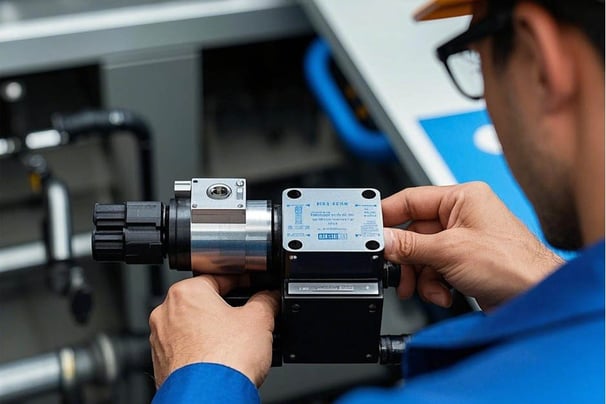

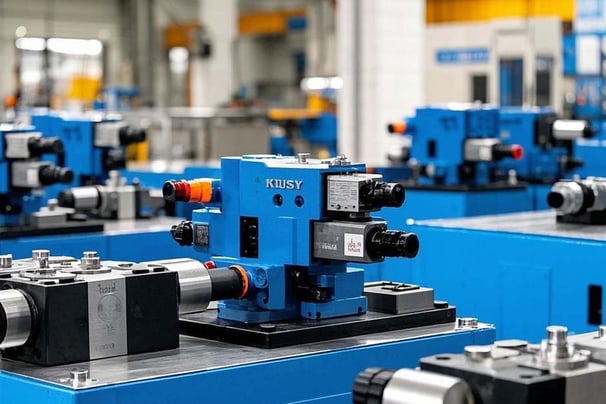

Start with Your Application
The first step in selecting a hydraulic pump is understanding your specific application.
- Different industries—such as construction, agriculture, or manufacturing—have unique requirements.
- For example, heavy machinery often demands high-pressure pumps, while precision equipment may need pumps that deliver consistent flow rates. Clearly defining your system’s needs will help you narrow down your options.
Know the Types of Pumps
Hydraulic pumps come in several types, each suited for different tasks.
- Gear pumps are affordable and work well for low-to-medium pressure applications.
- Vane pumps are quieter and ideal for mid-range pressures.
- Piston pumps, while more expensive, are highly efficient and capable of handling high-pressure systems.
Choose the type that aligns with your system’s demands.
Focus on Energy Efficiency
Energy efficiency is a top priority in 2025
Look for pumps designed to minimize energy consumption and heat generation. Energy-efficient pumps not only save money but also contribute to a greener operation.
Many modern pumps now feature advanced designs that optimize performance while reducing waste.
Finally, work with a reputable supplier who offers quality products and excellent customer support. In 2025, many suppliers provide online tools, technical assistance, and training to help you get the most out of your hydraulic pump. A trusted partner can make the selection process smoother and ensure long-term satisfaction.
In conclusion, choosing the right hydraulic pump in 2025 requires a clear understanding of your system’s needs, a focus on efficiency and durability, and a willingness to embrace new technologies. By following these guidelines, you can ensure your hydraulic system performs at its best for years to come.

